Professional Landscaping Fabric

Table of Contents
Professional Landscaping Fabric: Your Guide to Weed-Free Beauty
Creating a stunning landscape requires more than just beautiful plants. A crucial, often overlooked element is professional landscaping fabric, also known as landscape fabric, weed barrier fabric, or weed mat. This essential material acts as a barrier between your soil and the mulch or decorative stone, preventing weeds from sprouting and significantly reducing maintenance. Choosing the right fabric can mean the difference between a thriving, low-maintenance garden and a constant battle against unwanted vegetation. This comprehensive guide will delve into the benefits, types, and selection process for professional-grade landscaping fabric.
Why Choose Professional Landscaping Fabric?
Using professional landscaping fabric offers numerous advantages for both residential and commercial landscaping projects:
-
Weed Suppression: This is the primary benefit. By blocking sunlight, the fabric prevents weed seeds from germinating and significantly reduces weed growth. This translates to less time spent weeding and more time enjoying your landscape.
-
Moisture Retention: Certain types of landscaping fabric allow for better water penetration while simultaneously reducing evaporation, leading to healthier plants and less frequent watering – a significant advantage in drier climates.
-
Soil Stabilization: The fabric helps prevent soil erosion, particularly on slopes or in areas with high winds. This is especially crucial for retaining valuable topsoil and maintaining the integrity of your landscaping design.
-
Mulch Preservation: Fabric prevents mulch from sinking into the soil, extending its lifespan and maintaining a neat appearance for longer. This means less frequent mulch replacement, saving you time and money.
-
Reduced Maintenance: The overall effect of using landscaping fabric is drastically reduced maintenance. Less weeding, less watering, and less mulch replacement equate to significant time and cost savings in the long run.
Types of Professional Landscaping Fabric: Finding the Right Fit
Not all landscaping fabrics are created equal. Understanding the different types will help you select the best option for your specific needs:
1. Woven Landscaping Fabric:
- Pros: Durable, strong, long-lasting, allows for good water penetration and air circulation. Often made from polypropylene.
- Cons: Can be more expensive than non-woven options. May not be as effective at preventing the growth of aggressive, persistent weeds.
2. Non-Woven Landscaping Fabric:
- Pros: More affordable than woven fabrics. Available in various weights and thicknesses, offering flexibility for different applications. Generally effective at blocking sunlight and preventing weed growth.
- Cons: May not be as durable as woven fabrics. Thinner fabrics may degrade faster, especially if exposed to UV light.
3. Biodegradable Landscaping Fabric:
- Pros: Environmentally friendly option. Degrades naturally over time, reducing waste.
- Cons: Not as long-lasting as woven or non-woven fabrics. May not be suitable for all applications or climates.
Choosing the Right Professional Landscaping Fabric: Key Considerations
Several factors should guide your selection:
-
Project Scale: Larger projects may benefit from heavier, more durable fabrics. Smaller projects might suffice with lighter, less expensive options.
-
Weed Pressure: In areas with high weed pressure, a heavier, denser fabric is crucial. For low-weed areas, a lighter fabric may be adequate.
-
Soil Type: Consider the type of soil and drainage needs. Some fabrics are better at allowing water penetration than others.
-
Budget: Fabric costs vary widely depending on the type, weight, and quantity. Balance your budget with the long-term benefits of using quality fabric.
-
Climate: Consider the climate conditions. UV exposure and extreme temperatures can affect the lifespan of the fabric.
Installation Tips for Optimal Results
Proper installation is critical for achieving maximum weed suppression and longevity of your landscaping fabric. Ensure the area is clear of debris and rocks before laying down the fabric. Overlap edges slightly to prevent weed growth. Use landscape staples or pins to secure the fabric in place. Finally, apply your mulch or decorative stone evenly over the fabric.
Conclusion: Investing in Professional Landscaping Fabric
While the initial investment in professional landscaping fabric may seem significant, the long-term benefits far outweigh the costs. Reduced maintenance, healthier plants, and a more aesthetically pleasing landscape make it a wise investment for any serious landscaper or homeowner. By understanding the different types and considering the factors discussed above, you can choose the perfect fabric to create a weed-free, beautiful, and low-maintenance outdoor space. Remember to always check reviews and compare prices from reputable suppliers before making a purchase.

Thank you for visiting our website wich cover about Professional Landscaping Fabric. We hope the information provided has been useful to you. Feel free to contact us if you have any questions or need further assistance. See you next time and dont miss to bookmark.
Featured Posts
-
Furniture Stores In Palm Beach Gardens
Feb 04, 2025
-
Blue Bathroom Vanity 30 Inch
Feb 04, 2025
-
Green Landscape Fabric
Feb 04, 2025
-
Olde Towne Chimney And Fireplace Sales
Feb 04, 2025
-
Santorini Evacuation Earthquake Fears Rise
Feb 04, 2025